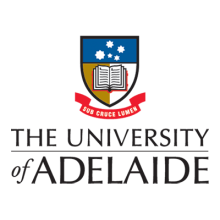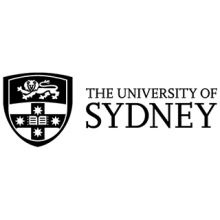Deakin University has become the latest Australian institution to confirm major job cuts, as a second wave of Covid-related redundancies continues to sweep across the sector.
Deakin vice-chancellor Iain Martin told staff that a net 200 positions would go, in line with estimates released in late August. He said redundancies would take place soon, along with recruitment for new and vacant positions.
The changes are part of a restructure called “Deakin Reimagined”, which is due to proceed late this year after staff consultations garnered 1,000 submissions and 2,000 “pieces of feedback”.
“There is no doubt that the last 18 months have been an incredibly challenging time for both Deakin and the wider university sector in Australia,” Professor Martin said. “Deakin Reimagined is about not only emerging from the difficulties of Covid-19 but investing in a vibrant and sustainable future.
“I recognise this continues to be a challenging time for our staff, and we will continue to provide a suite of support services as we progress to implementation.”
The move follows Deakin’s axing of 300 jobs last year, with another 100 vacant jobs left unfilled.
In a tweet, Deakin’s casuals network said staff had not been allowed to ask questions at the town hall meeting where the job losses were confirmed. Deakin said a “significant amount of information” about the restructure had been published on the university’s intranet, and Professor Martin had wanted to give people time to digest the material before fielding questions.
In September, the University of Adelaide revised its July estimate that a net 130 professional staff positions would go, with 104 jobs now targeted in a “draft change proposal”. Staff have been given until 22 October to comment on the plan ahead of its finalisation later this year.
Vice-chancellor Peter Høj said the university needed to save some A$30 million (£16 million) each year and attract another A$20 million in annual revenue to offset projected shortfalls of A$22 million in 2022 and A$47 million from 2023. “We would rather not propose these measures and do so with regret, but we judge them necessary,” he said.
Adelaide will consider possible cuts to academic positions in a separate process next year.
Like the other two public South Australian universities, Adelaide ended 2020 in the black after increasing its revenue. The three institutions are not as dependent on international tuition fee income as many eastern state universities.
But Adelaide said its A$40 million surplus translated to a margin of only about A$10 million if tied funding, donations and bequests for research and scholarships were disregarded.
The University of Technology Sydney expects to abolish the equivalent of 60 full-time academic positions, following 357 voluntary redundancies last year. UTS said it had ended 2020 A$43 million in the red and “significant deficits” were forecast until 2023.
“We have been transparent in our communications to staff about the likely impacts and when these would occur,” a spokeswoman said. “The university greatly regrets any job losses and has been working hard to minimise [them].”
The National Tertiary Education Union said the cuts were unjustified because UTS’ revenue had declined by less than 5 per cent last year and the university was “not in financial crisis”.
Last month, an NTEU-commissioned study found that Covid-induced redundancies in Australian universities were accelerating, with some 35,000 positions abolished over the year to May. Sceptics believe a “rogue survey” exaggerated the number of university jobs in 2020, leading to an inflated estimate of job losses in 2021.
Register to continue
Why register?
- Registration is free and only takes a moment
- Once registered, you can read 3 articles a month
- Sign up for our newsletter
Subscribe
Or subscribe for unlimited access to:
- Unlimited access to news, views, insights & reviews
- Digital editions
- Digital access to THE’s university and college rankings analysis
Already registered or a current subscriber? Login












